Do you know about Ohaguro? It’s a unique cultural practice, particularly among Japanese women in ancient times, involving the blackening of teeth. For many, the first encounter with Ohaguro leaves a lasting impression. But what was the purpose behind this tradition, and why did it eventually fall out of favor? Let’s delve into the history of Ohaguro to uncover these answers.
What is Ohaguro?
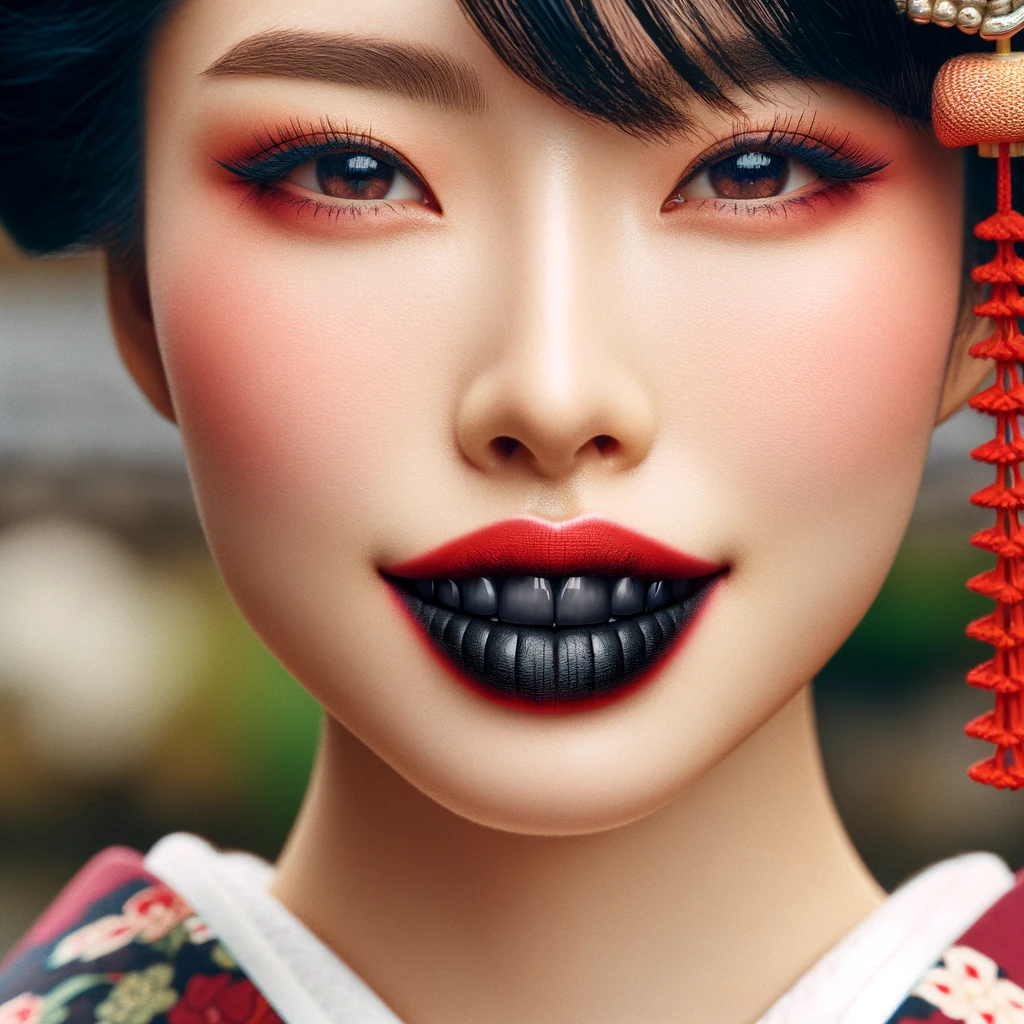
Ohaguro is a traditional Japanese custom, predominantly observed among the noble and samurai classes, especially among women. The process involved using a solution containing ferric acetate (iron tincture) and powdered gallnut (rich in tannin) to dye the teeth black. Blackening the teeth served as a symbol of beauty, a marker of adulthood, and an indicator of social status. From the Edo period onward, it became a symbol of married women. Practically, Ohaguro also offered benefits such as cavity prevention and tooth protection. However, with the wave of Westernization during the Meiji era, the practice of Ohaguro faded away, and today it is only seen in specific traditional ceremonies or theatrical performances.
The History of Ohaguro: Delving into Japan’s Tradition of Blackened Teeth
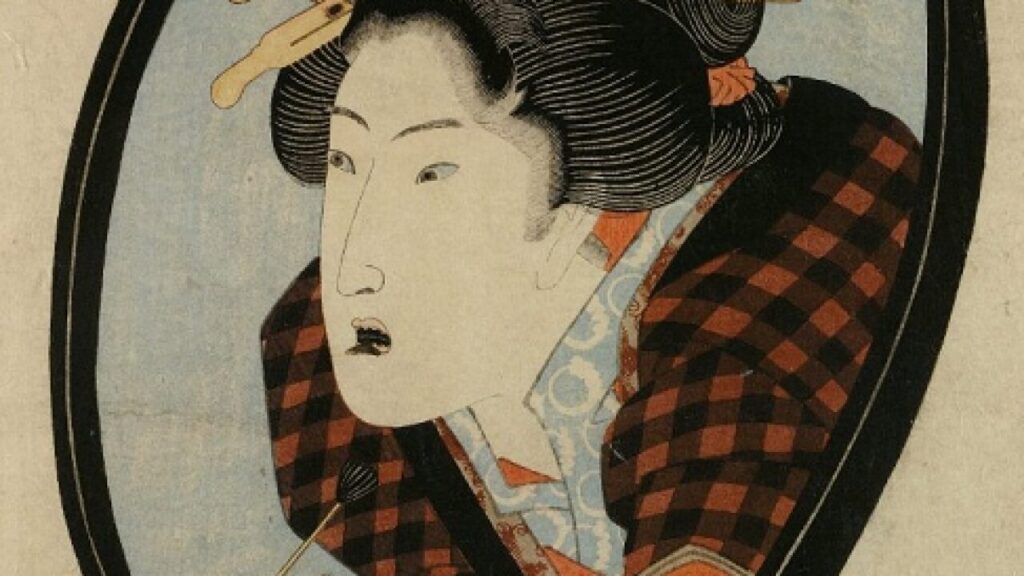
The tradition of Ohaguro, or blackening one’s teeth, has ancient roots, believed to have been introduced to Japan from the Korean Peninsula during the Nara period. By the Heian period, it had become widespread among the aristocracy, symbolizing adulthood for both men and women. Over time, the age at which individuals started the practice decreased, and by the Sengoku period, children began blackening their teeth as part of efforts to hasten political marriages.
In the Edo period, what was once a custom of the upper echelons spread to the common folk, and by the Genroku era, it had become a nationwide practice. However, during this period, men ceased the practice of Ohaguro, making it exclusive to women. For women approaching marriage, Ohaguro was a significant ritual, serving as a symbol of married women. The black color symbolized chastity and was a marker of pride for married women while also acting as a means to confine them within the feudal system as wives.
However, the Meiji government’s modernization policies led to the prohibition of Ohaguro, and by the Taisho period, the custom had nearly vanished. In the push towards Westernization, Ohaguro was viewed by Western countries as a barbaric practice, and Japan sought to avoid such perceptions.
Eradicating the custom of Ohaguro was not straightforward, and the Meiji government had to issue bans on the practice in 1868, 1870, and 1873. These efforts gradually led to the decline of Ohaguro, and today it is only seen in theater, the entertainment industry, and a few festivals. The abolition of Ohaguro reflects the conflict between tradition and modernization in Japan’s journey to establish itself as a modern nation.
The long-standing tradition of Ohaguro was sustained by its unique aesthetic, social, and cultural significance. As a mirror reflecting the changes in Japan’s history, culture, and social structure, the disappearance of Ohaguro narrates the transformation of culture with the passage of time.
The Benefits of Ohaguro
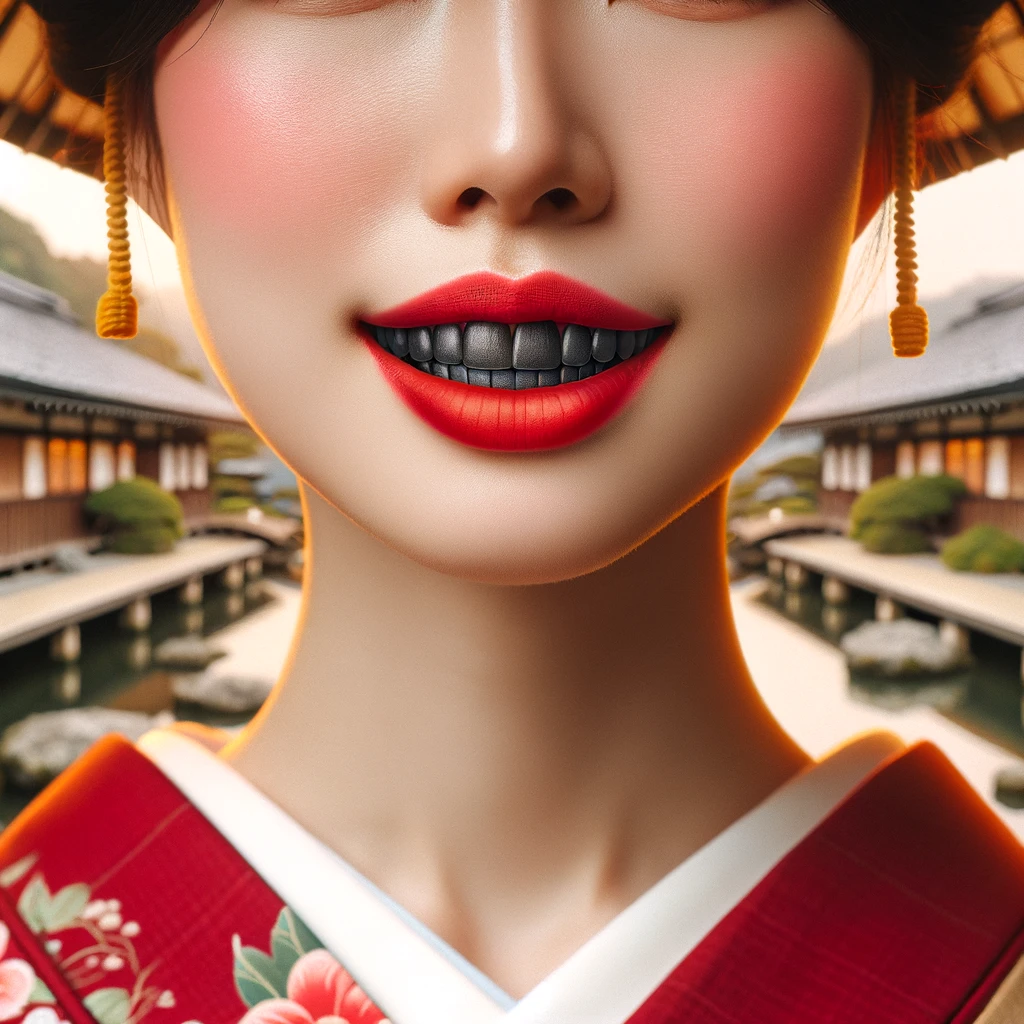
Though Ohaguro was a traditional custom that persisted through Japan’s lengthy history, it was also believed to have played a crucial role in preventing cavities and maintaining dental health. Ohaguro was attributed with several remarkable benefits:
- Cavity Prevention: Teeth treated with Ohaguro were less prone to cavities, thanks to a protective film formed by ferric tannate, which prevented bacterial invasion.
- Progression of Cavities: Applying Ohaguro to teeth already affected by cavities could inhibit further decay, as the ingredients in Ohaguro protected against additional damage.
- Dulled Sensation: Ohaguro had the effect of dulling dental sensitivity, reducing the discomfort of toothaches.
Thanks to these benefits, individuals who practiced Ohaguro were less likely to suffer from periodontal diseases and toothaches, to the extent that in rural areas during the Taisho period, it was said that “women with Ohaguro did not need dentists.” Thus, Ohaguro transcended mere cosmetic and social custom to serve as an effective means of maintaining dental health. The longevity of this traditional practice can be partly attributed to its practical benefits.
The Ingredients of Ohaguro
The primary ingredients of ohaguro included “iron tannate” and “nutgall powder.” The main component of iron tannate is ferrous acetate, and nutgall powder is rich in tannin from plant galls. These ingredients were applied to the teeth multiple times using a tool like a small brush, initiating a chemical reaction that formed black ferric tannate, thereby staining the teeth black.
This process was not just for coloring the teeth but also had practical health benefits. Tannin coagulates and contracts the proteins in the teeth, preventing them from being dissolved by bacteria. Additionally, the ferrous ions contained in the iron tannate strengthen the tooth enamel and enhance its acid resistance. As a result, the ferric tannate formed through the chemical reaction creates a dense protective coating on the teeth, shielding them from bacteria.
When applying ohaguro, the presence of dental plaque could make staining difficult, so women meticulously removed plaque to maintain oral hygiene. This practice played a significant role in cavity prevention during times when modern dental care was not available.
The tradition of ohaguro was a unique cultural practice that merged aesthetic sensibilities with practical aspects, serving as an important means to protect and maintain dental health. This traditional technique reflects a part of Japan’s aesthetic and health consciousness through history.
Summary
How did you find this exploration into the history, effects, and ingredients of ohaguro? It might be hard to believe now, but there was a culture where painting one’s teeth black held social significance and also served an essential function in protecting the teeth in times before toothbrushes and toothpaste were available.
We introduce such aspects of Japanese history and culture on this site, and we would be delighted if you’re interested in reading more about them!



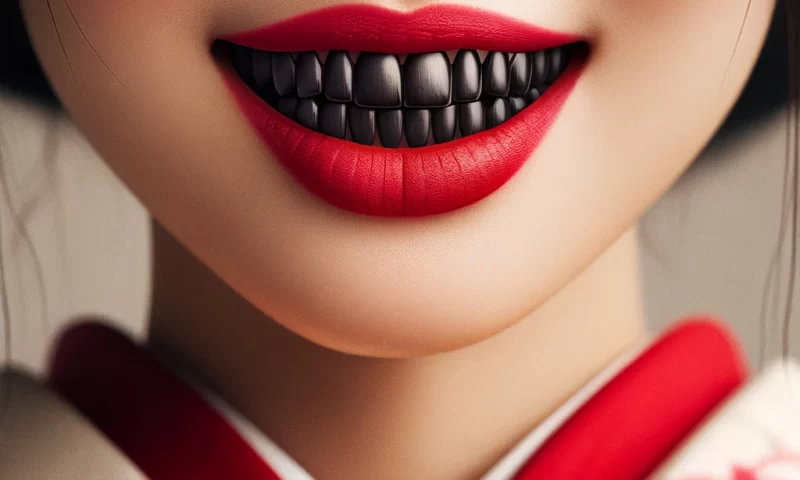
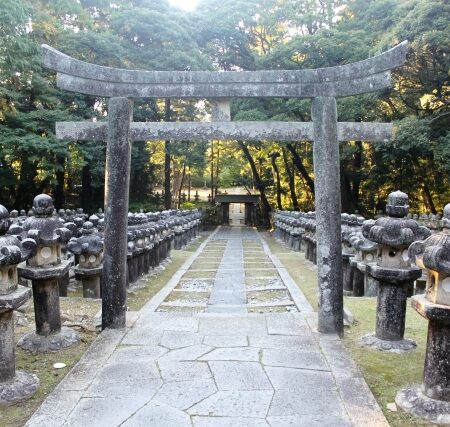


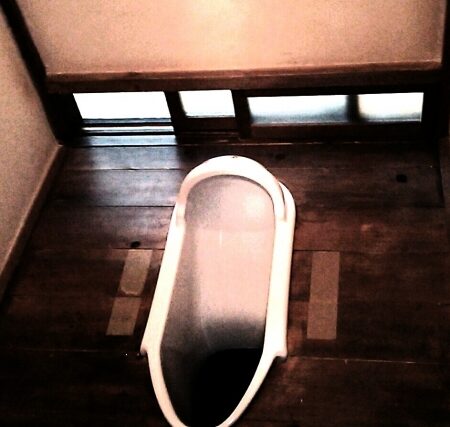
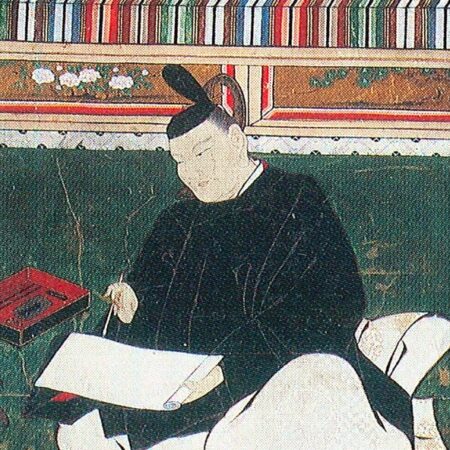
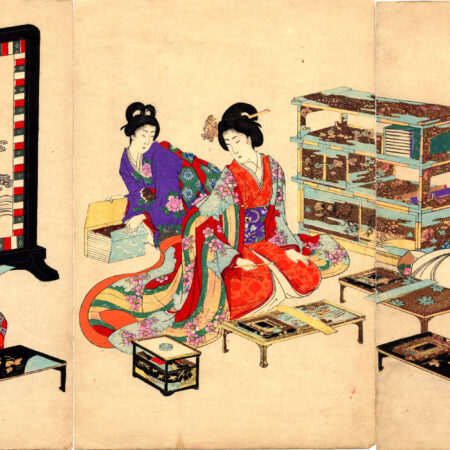

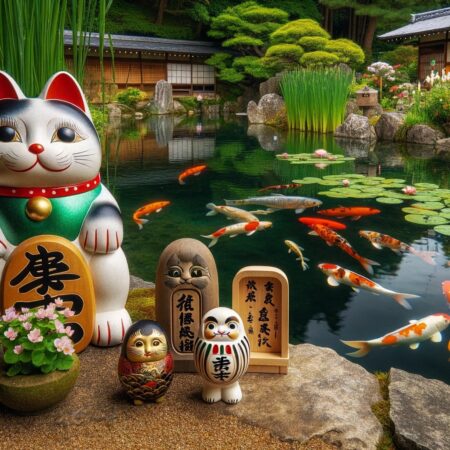



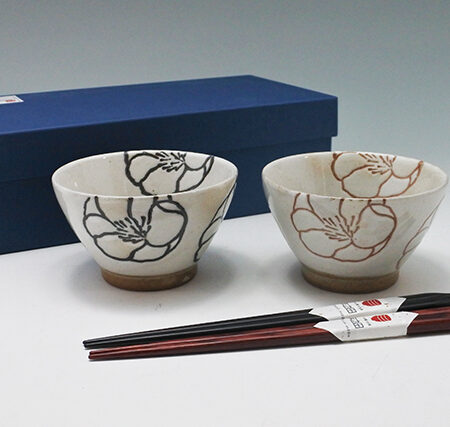
コメント